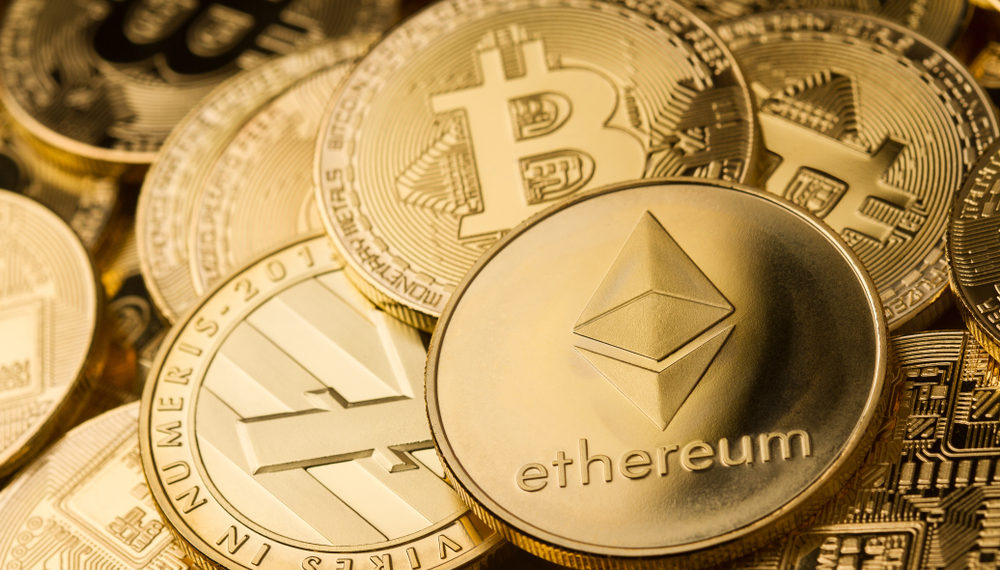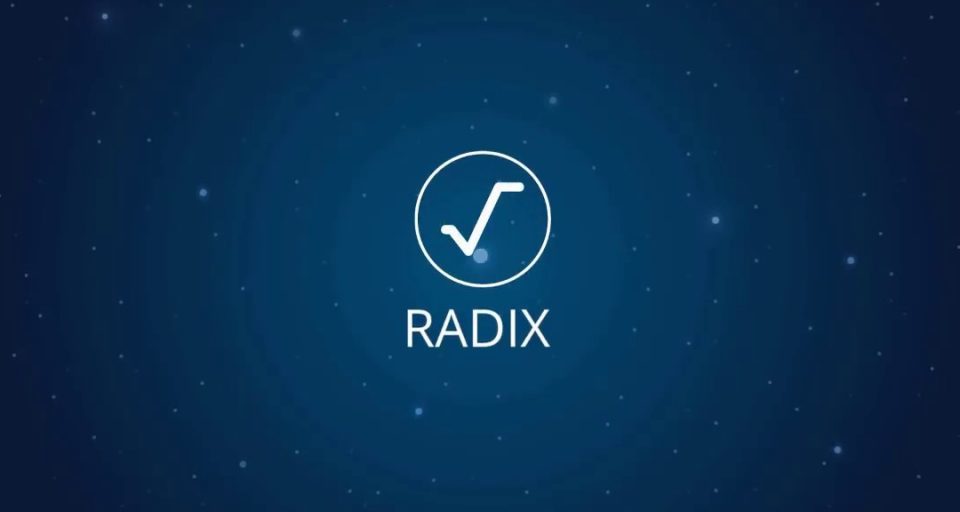Radix is a project created to support DeFi applications. The native cryptocurrency of the project, which aims to develop and improve Web3 and decentralized protocols, is XRD coin.
What is Radix?
Radix is a public project focused on decentralized finance (DeFi) use cases and created to support the creation of these applications. It uses a new piecemeal and atomically combinable consensus algorithm called Cerberus to help ensure security while providing theoretically unlimited linear scalability to the network. Radix also has its own smart contract execution environment (e.g. virtual machine) called Radix Engine, which provides developers with a wealth of new asset-oriented features aimed at making Web3 and DeFi development faster and more secure. The project aims to be an alternative base layer to blockchains like Ethereum for DeFi applications. It also has XRD, a native token that holders can use to participate in the network’s Proof-of-Stake (PoS) consensus mechanism and earn inflation rewards.

Dan Hughes, founder of Radix, discovered Bitcoin in 2012. With his background in telecommunications technology development, he could see the enormous impact of blockchain on global finance and more. After researching Bitcoin for a year, he launched eMunie (later renamed Radix) on Bitcointalk in May 2013. For the next five years, Dan focused on solving the biggest problem of the day: scalability. Blocktrees has invented and tested multiple consensus architectures, including Directed Acyclic Graphs (DAGs), Channeled Asynchronous State Trees (CAST), Tempo, and Cerberus. In 2017 Piers Ridyard joined as CEO, the project was renamed Radix with additional funding from TransferWise co-founder Taavet and Europe’s leading VC LocalGlobe. In December 2021, Radix’s smart contract programming language Scrypto was released. The project launched the Olympia mainnet in July 2021, and as of February 2022, over $500 million in XRD has been staked. In 2020, the project established Radix Tokens (Jersey) Limited, a Jersey (Channels Islands) entity that issues tokens and owns the Radix Foundation treasury. RTJL’s CEO is Andrew Jarrett.
What is XRD Coin?
XRD is the native cryptocurrency of the Radix project. XRD holders can participate in the project’s Proof-of-Stake (PoS) consensus mechanism and use these coins to earn inflation rewards.
XRD was developed as a layer 1 DeFi protocol. The goal is to provide the only decentralized network service where developers can respond quickly to the constant threat of exploits and cyberattacks, rewarding their improvements, and where scale will never be the bottleneck.
Radix Public Network, which started on July 28, 2021, aims to offer three important new improvements in DeFi technology, which will take its place in the market in the next 3 years.
XRD Coin Advantages
- Offering DeFi solutions will enable it to consolidate its position in the crypto markets.
- It has high earning potential.
- The risk is high in the short term, but the earning potential is high for the medium term.
- It has high security against cyber attacks.
XRD Coin Disadvantages
- Although reliable, it has conflicting reviews.
- It can be easily affected by vulnerabilities on DeFi.
- Market uncertainties can cause sharp price fluctuations.
Which Exchanges Have Radix, How To Buy It?
In order to buy XRD, it is necessary to know the exchanges where this cryptocurrency is located. Then you have to sign up for one of these exchanges and log in to your account. After you load your wallet with credit, debit card or bank transfer, you can buy the desired amount of XRD coins. You can store and exchange your coins in hot or cold wallets. Radix current price is as follows:

Radix (XRD)
Some of the cryptocurrency exchanges where XRD coins can be purchased are:
- KuCoin
- Bitfinex
- Gate.io
- MEXC
- CoinEx
- LBank
- BitMart
- BingX
- DigiFinex
- HitBTC
- XT.COM







